There once was a time not too long ago when station wagons were becoming irrelevant. They still had a following, but fans of wagon we’re dwindling. Fast forward to the present, and the script has flipped entirely. Wagons are popular again, and a big part of that is the design reinvention they’ve enjoyed in recent years. Need two examples? Look no further than the Kia Optima Sportwagon and the Volvo V60.
2019 Visual Comparison: 2019 Volvo V60 Wagon vs 2019 Kia Optima Sportswagon
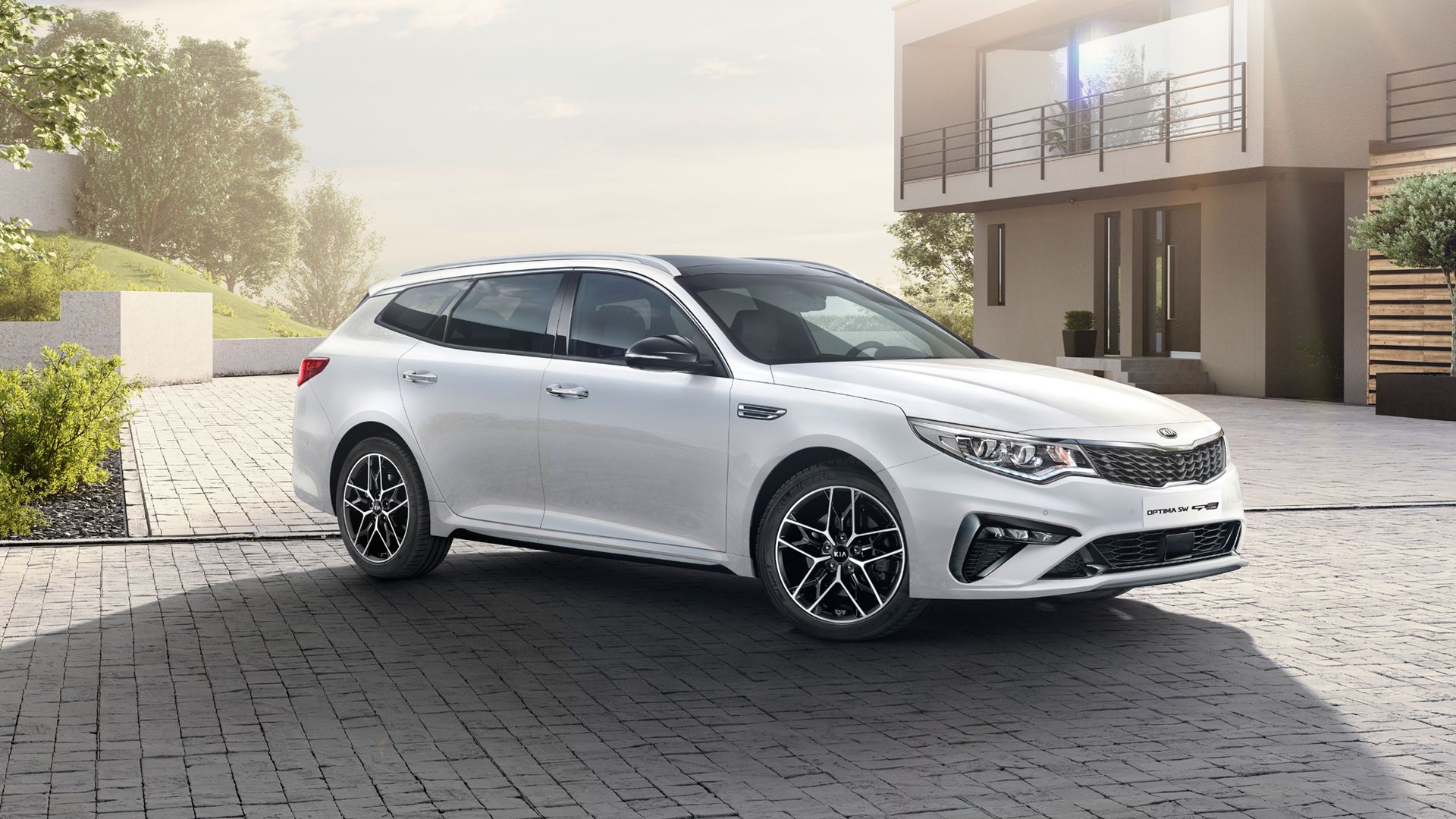

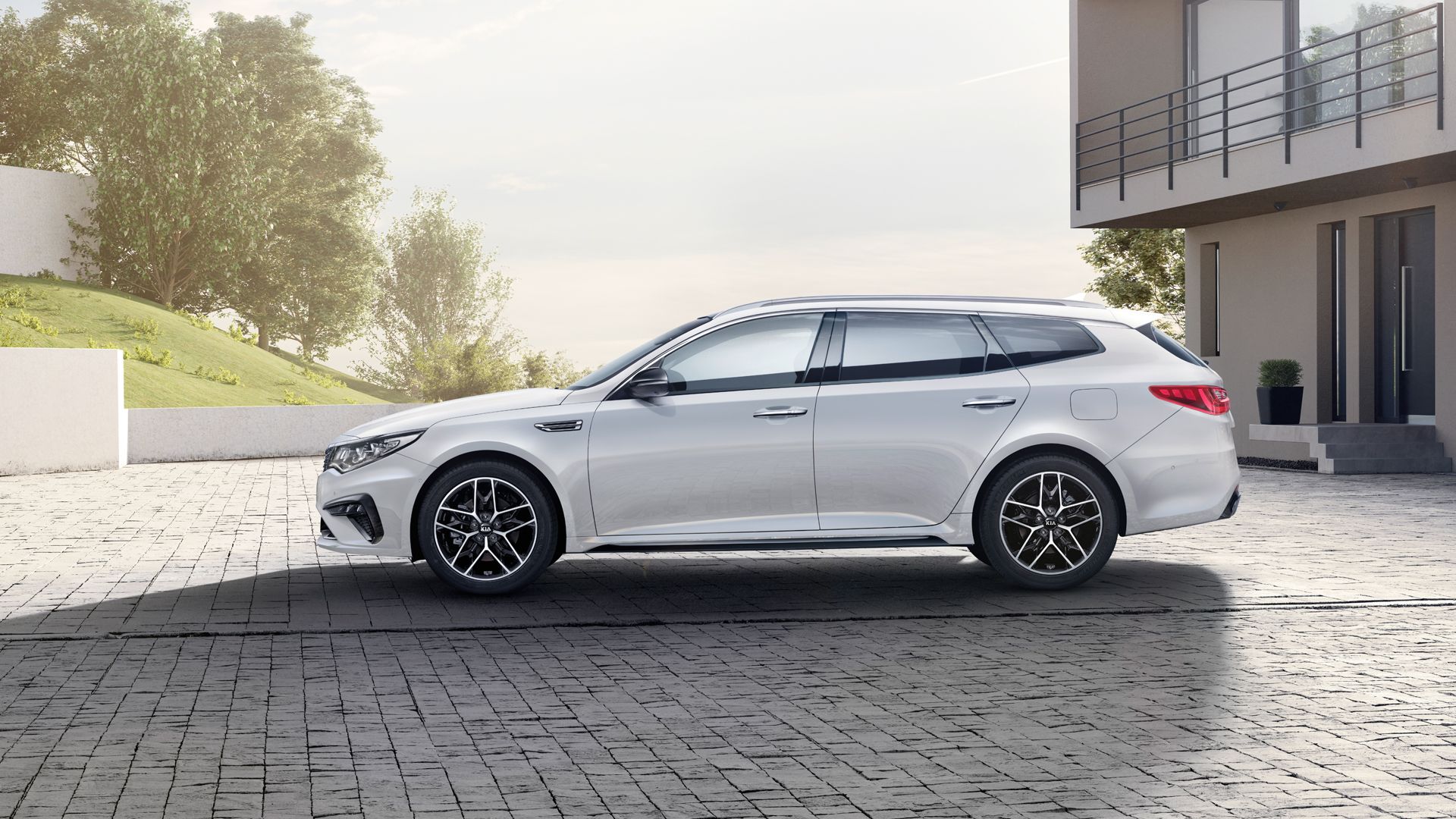
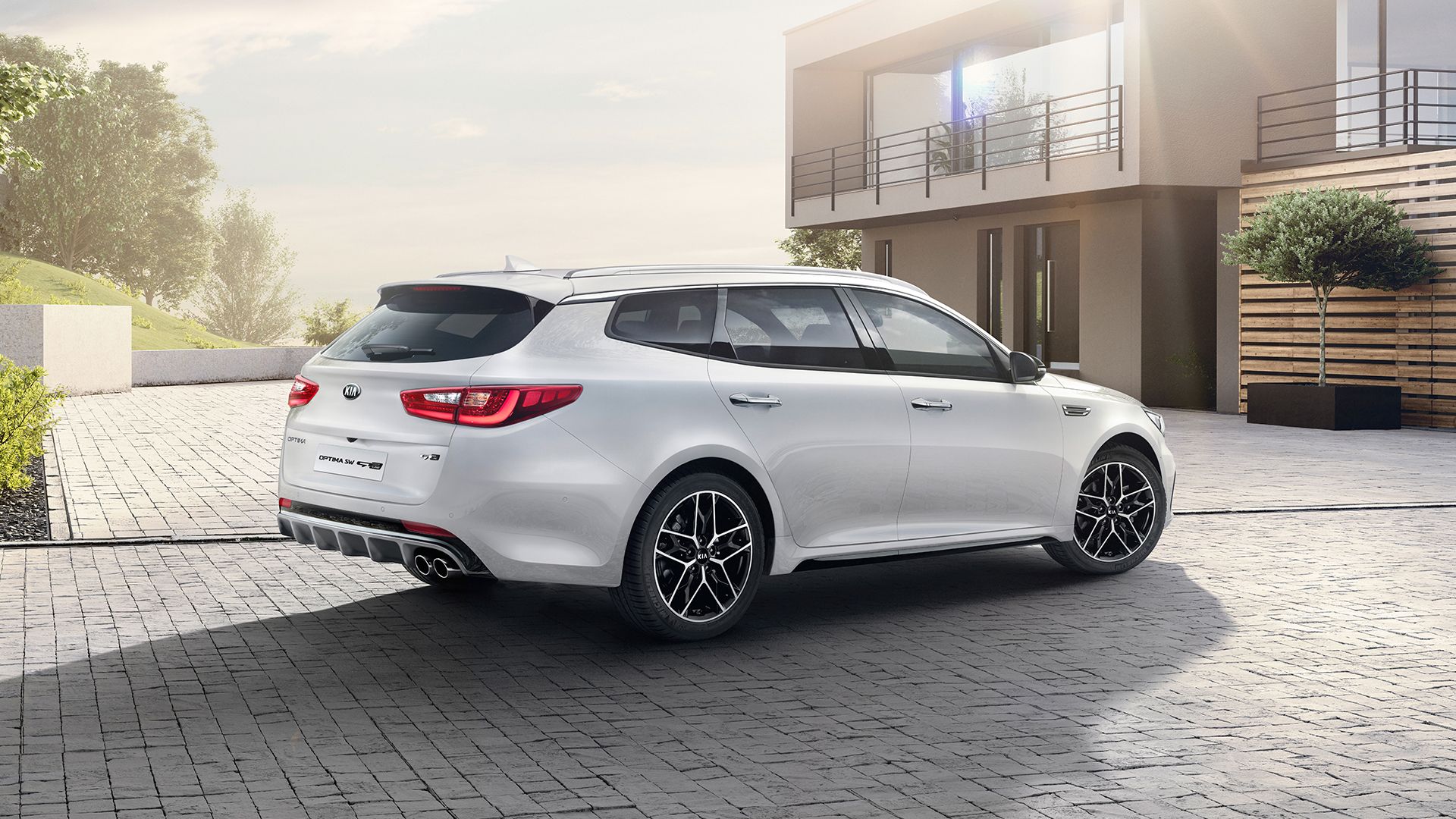
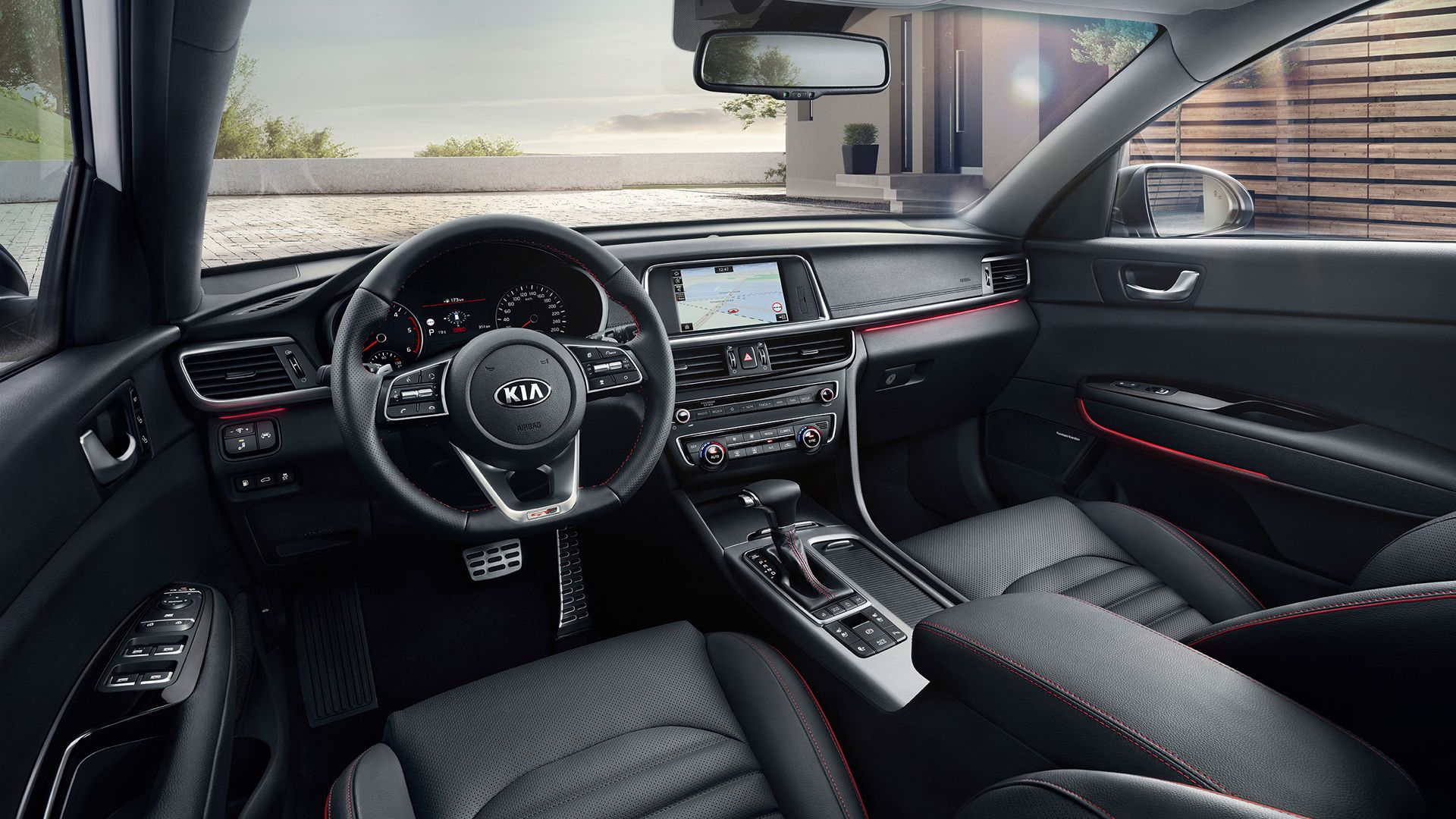
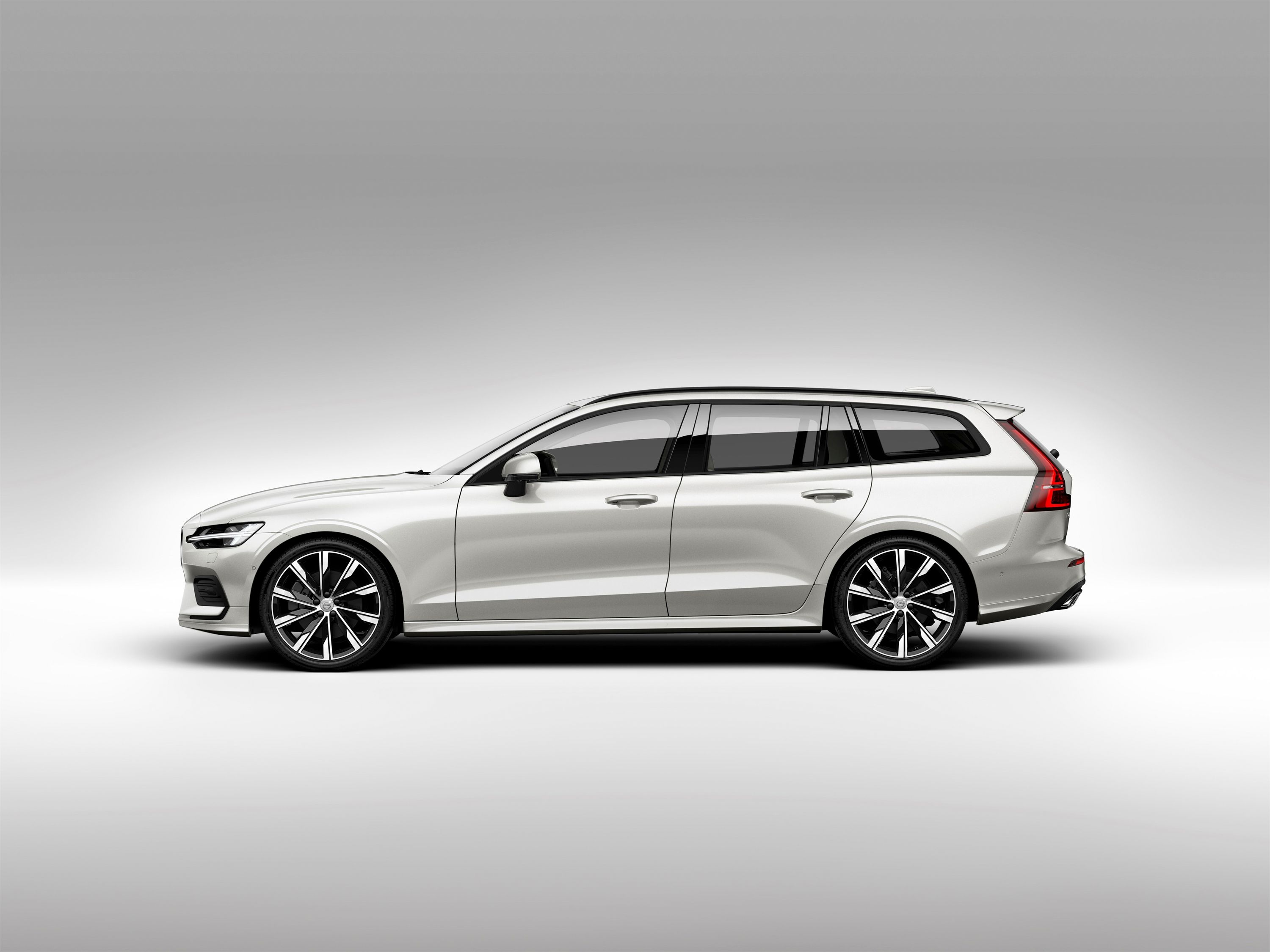
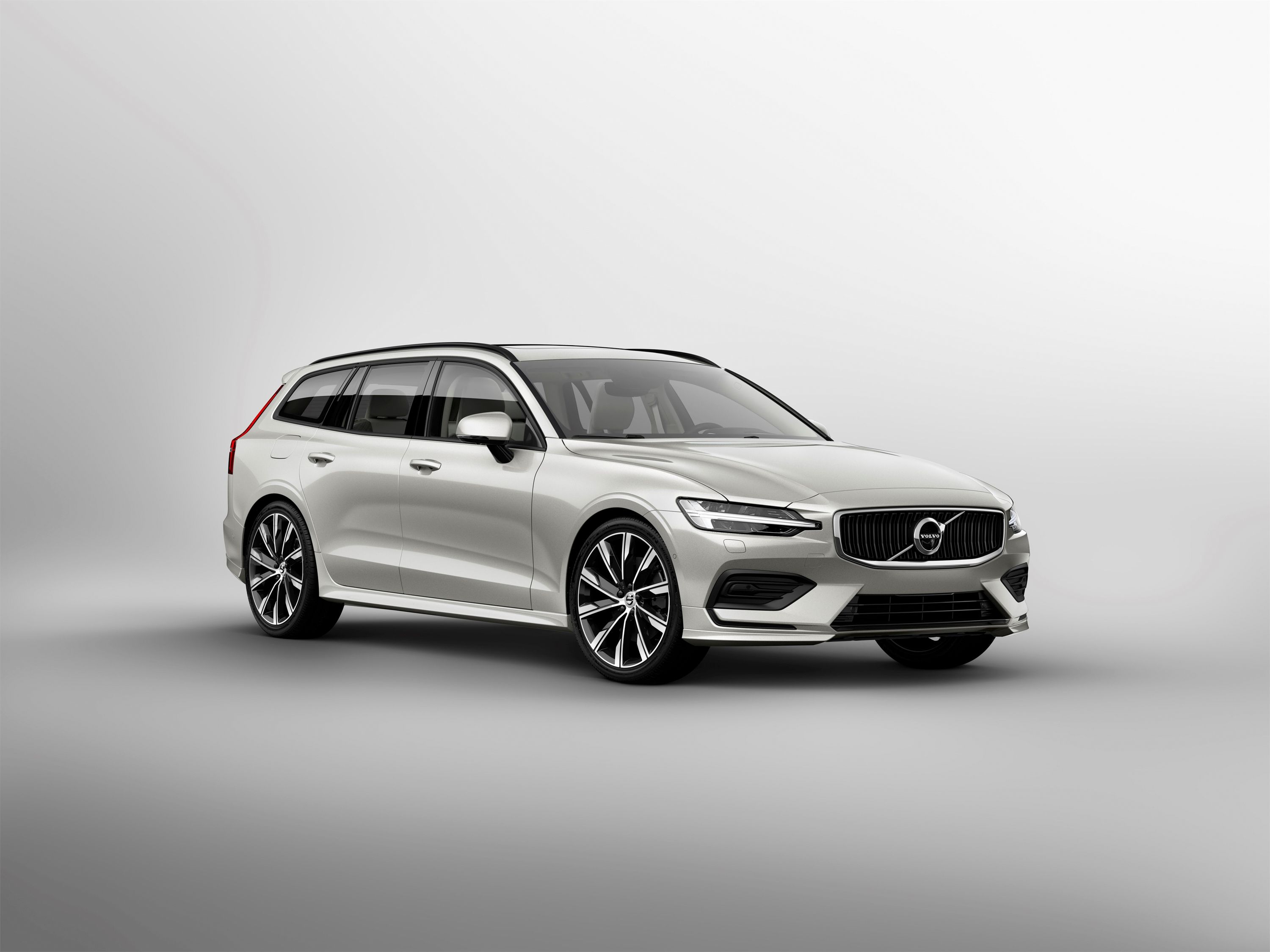
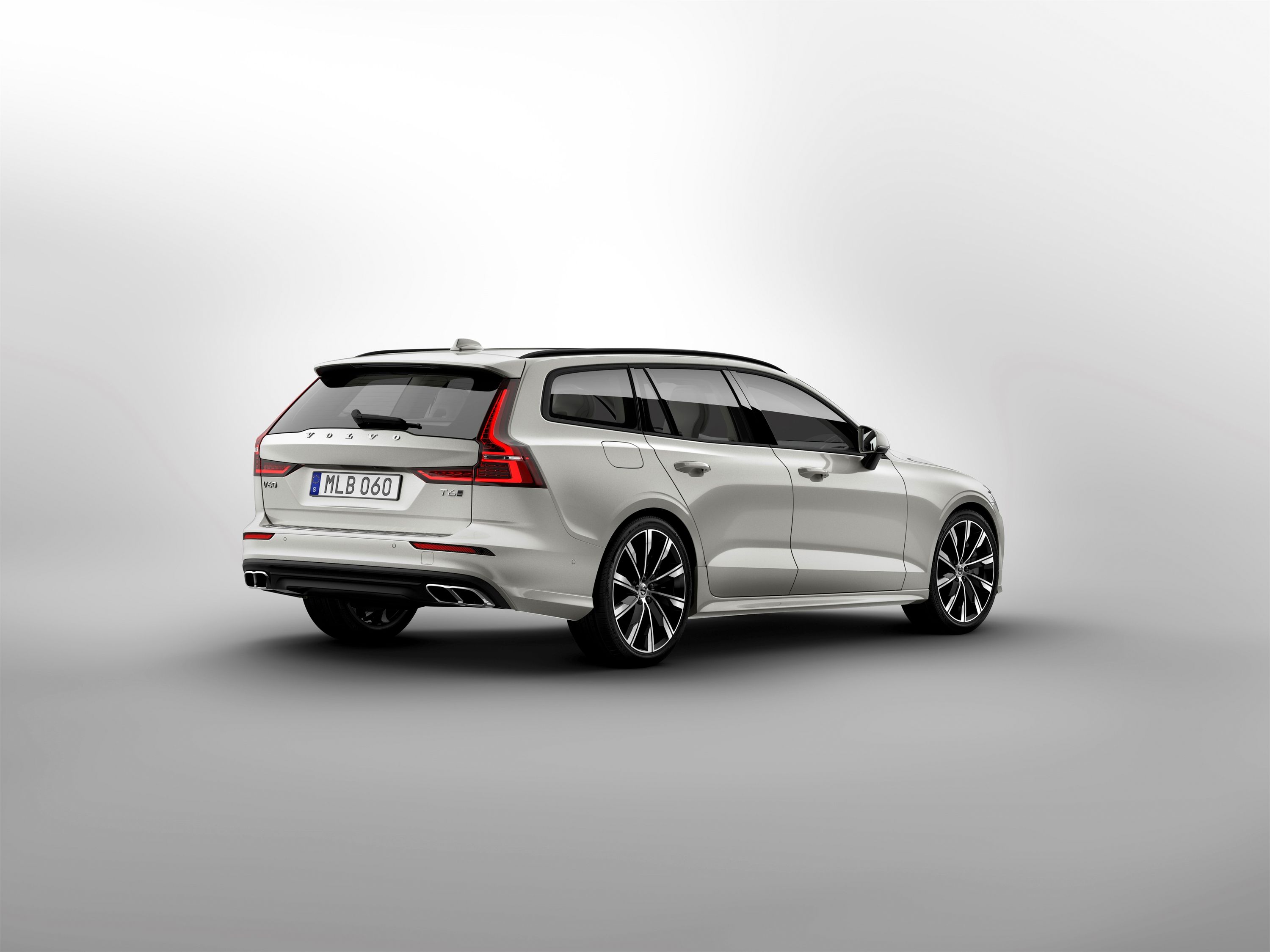
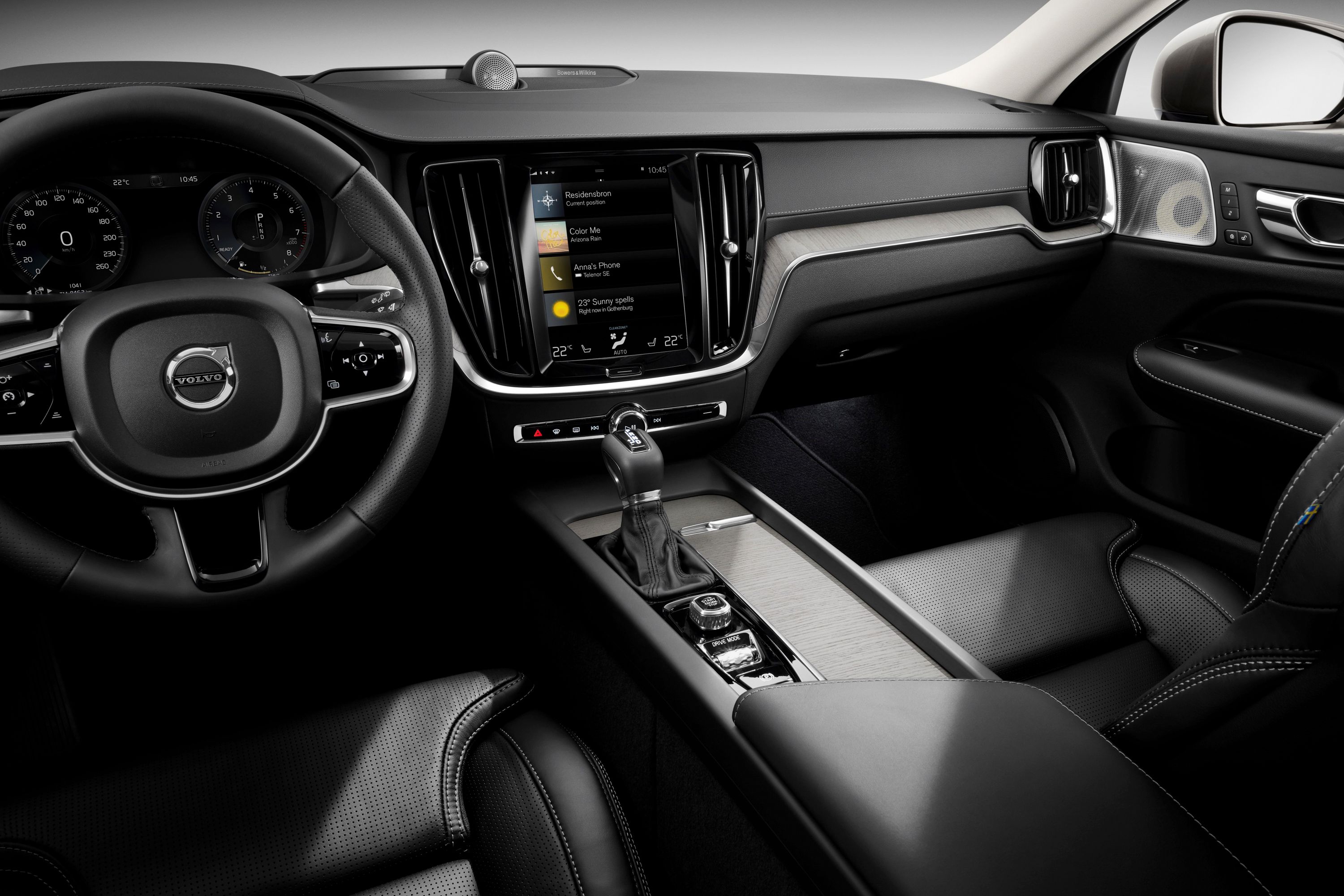
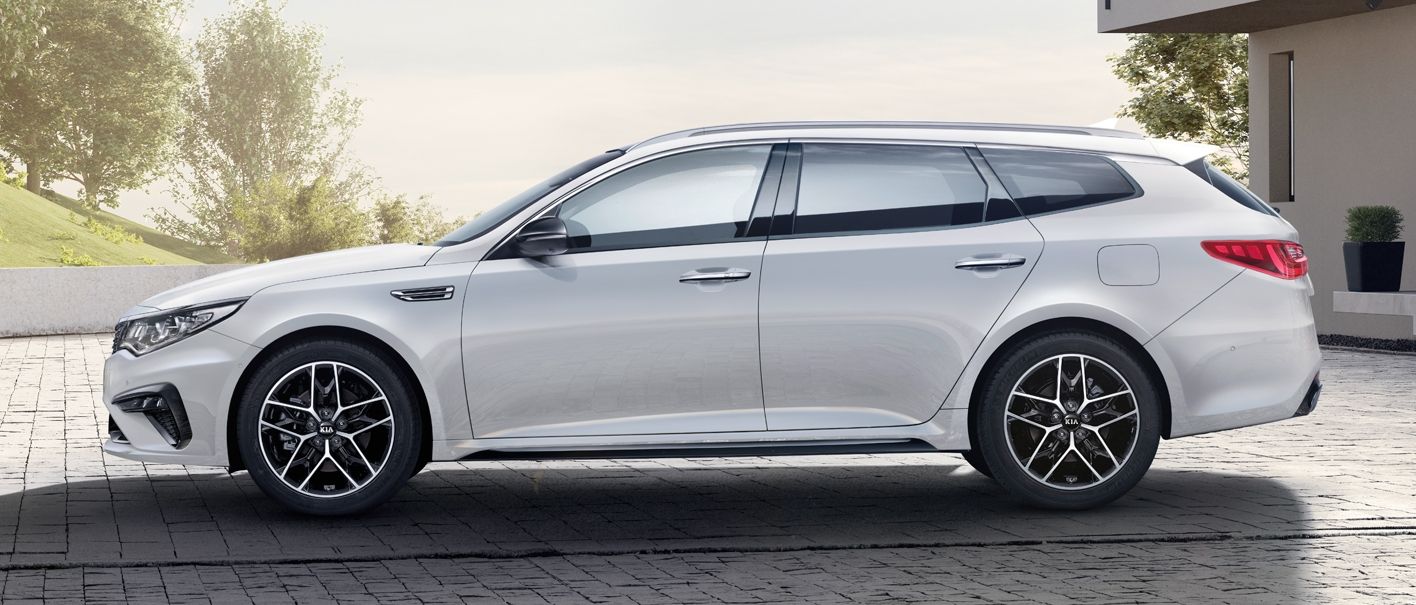
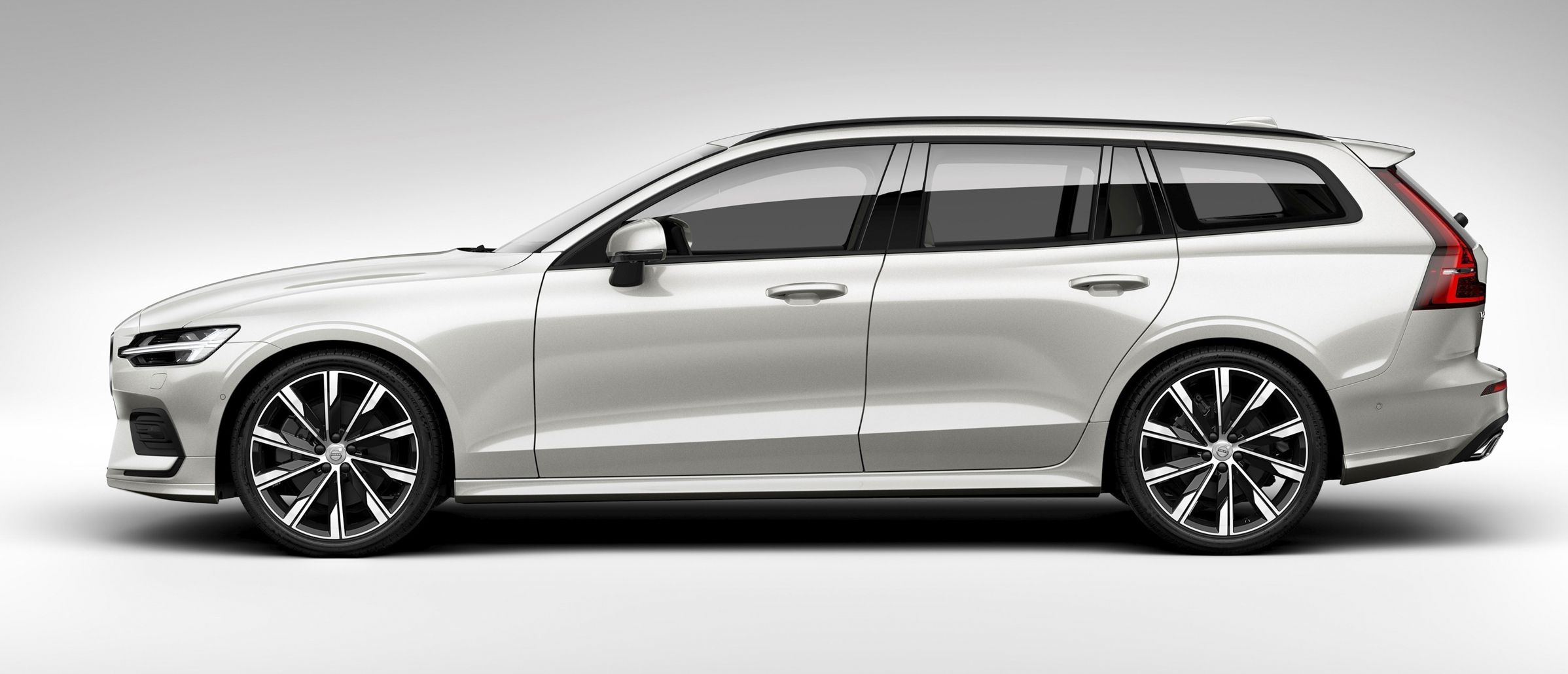
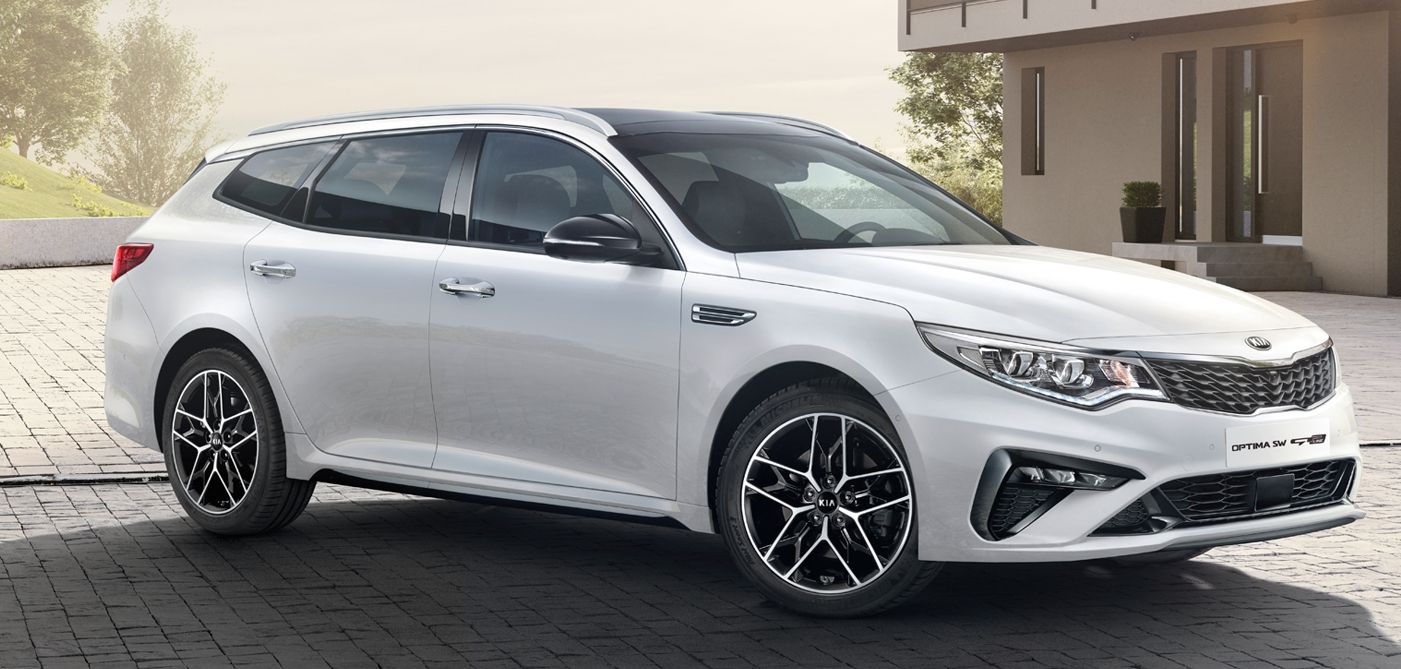
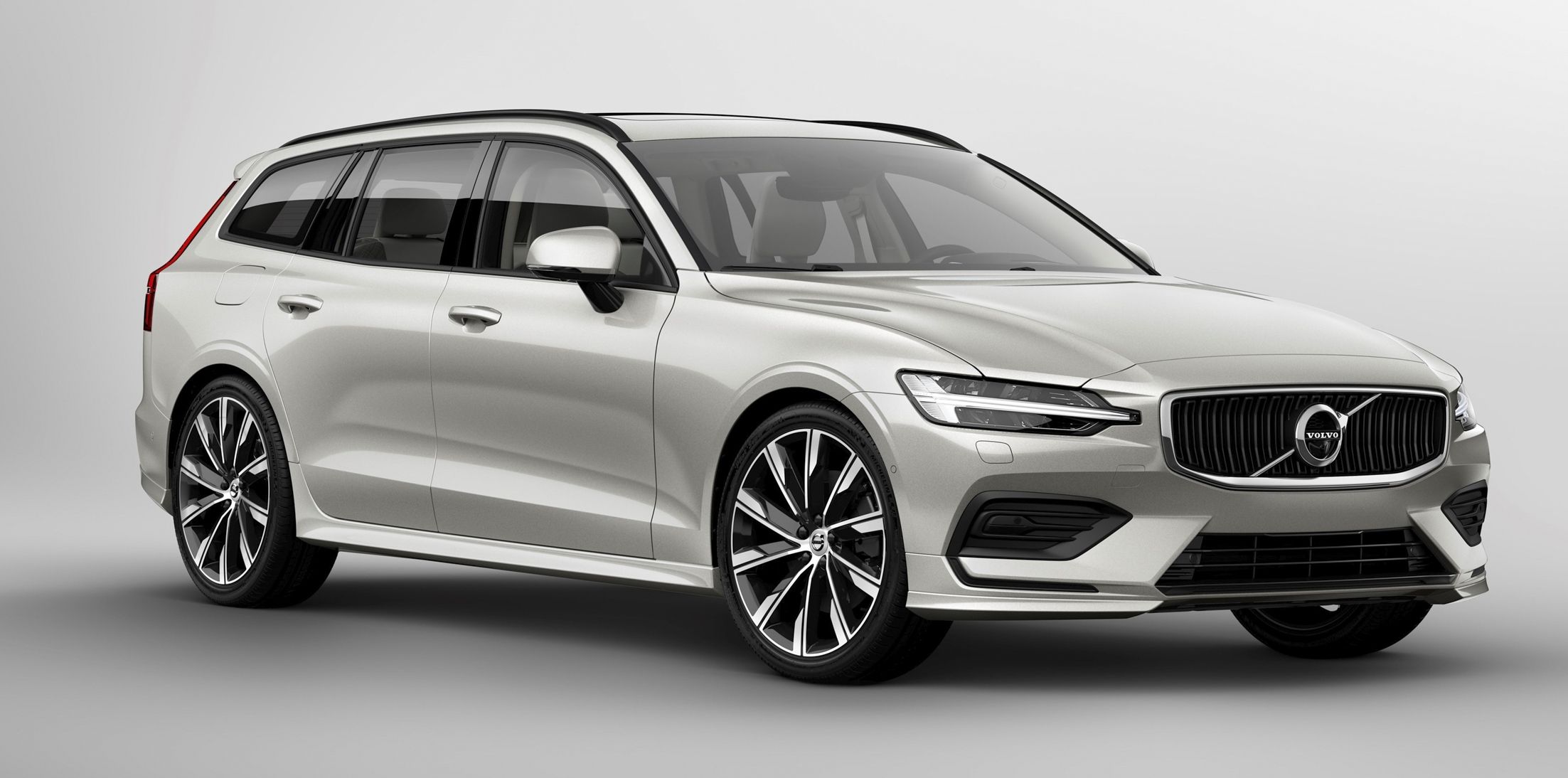
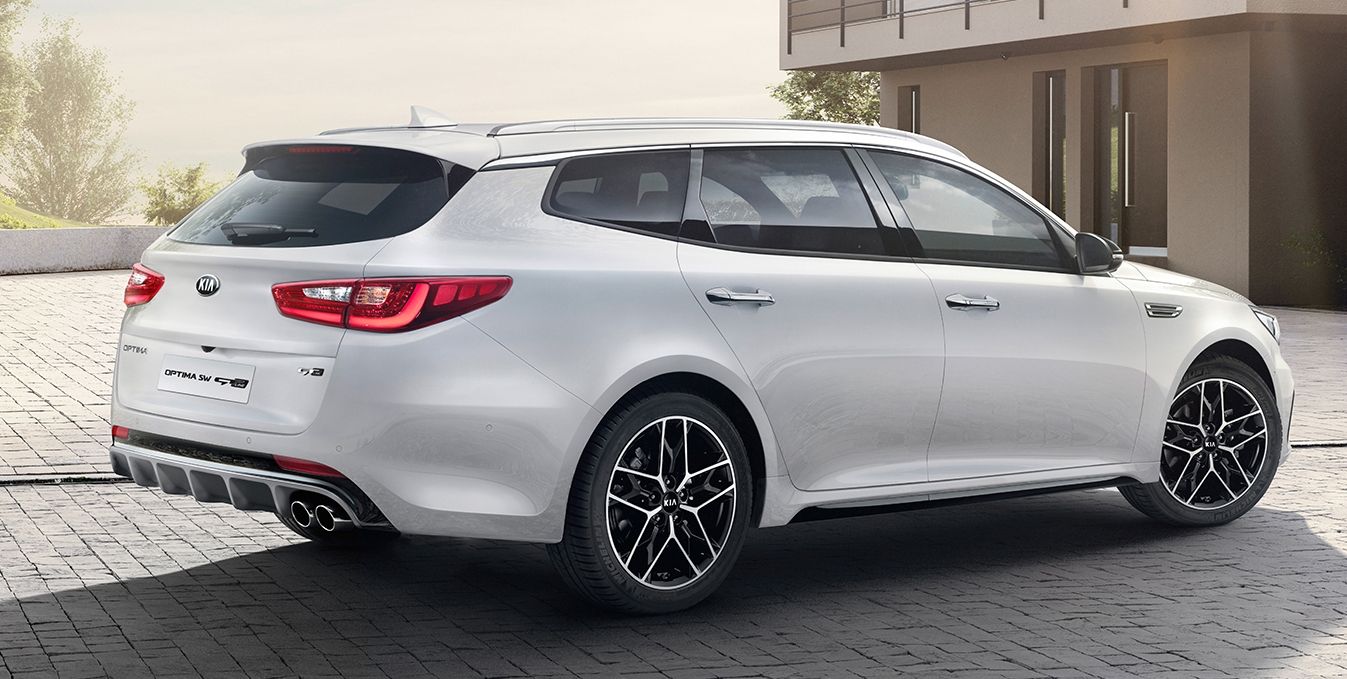
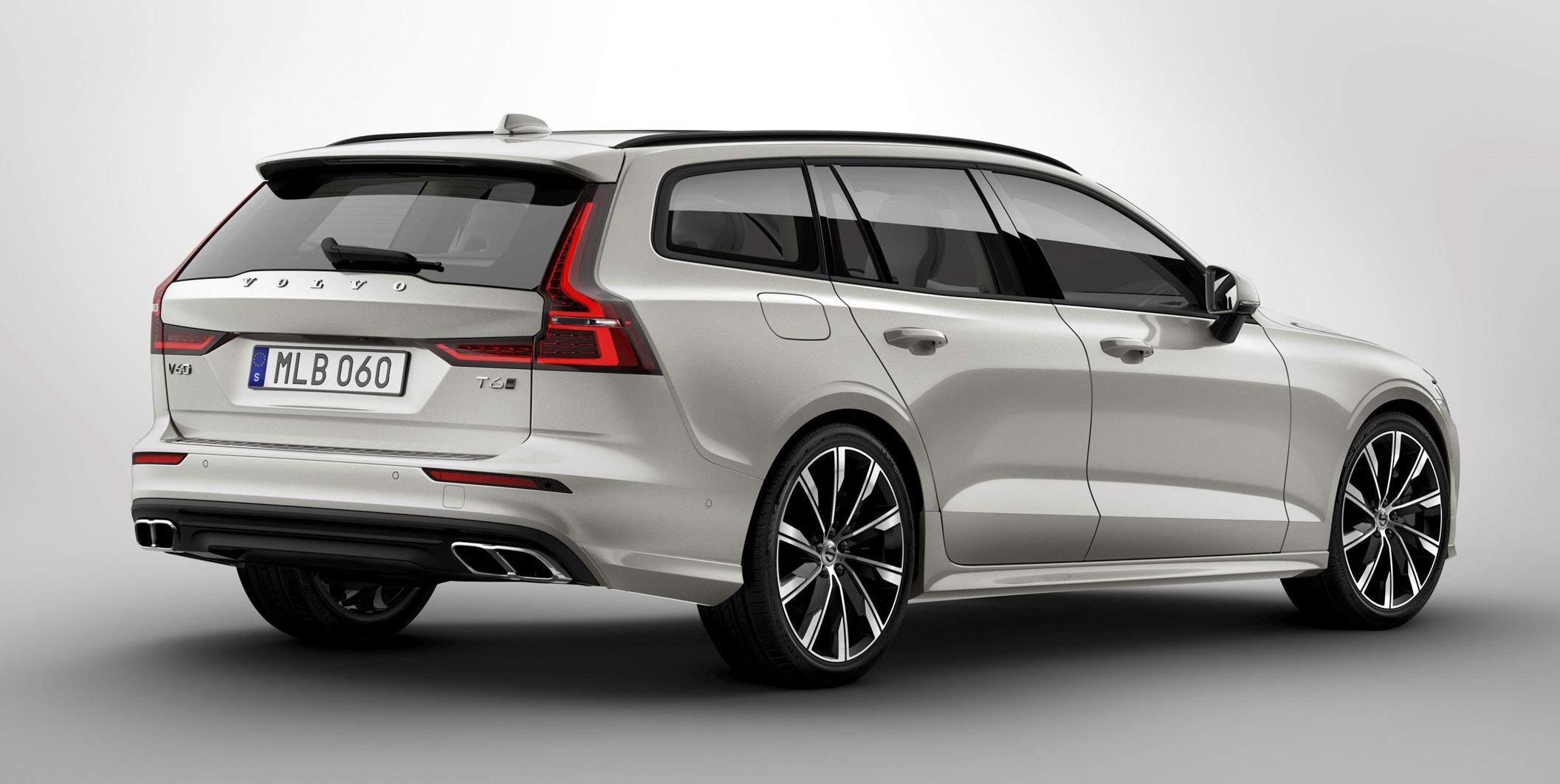
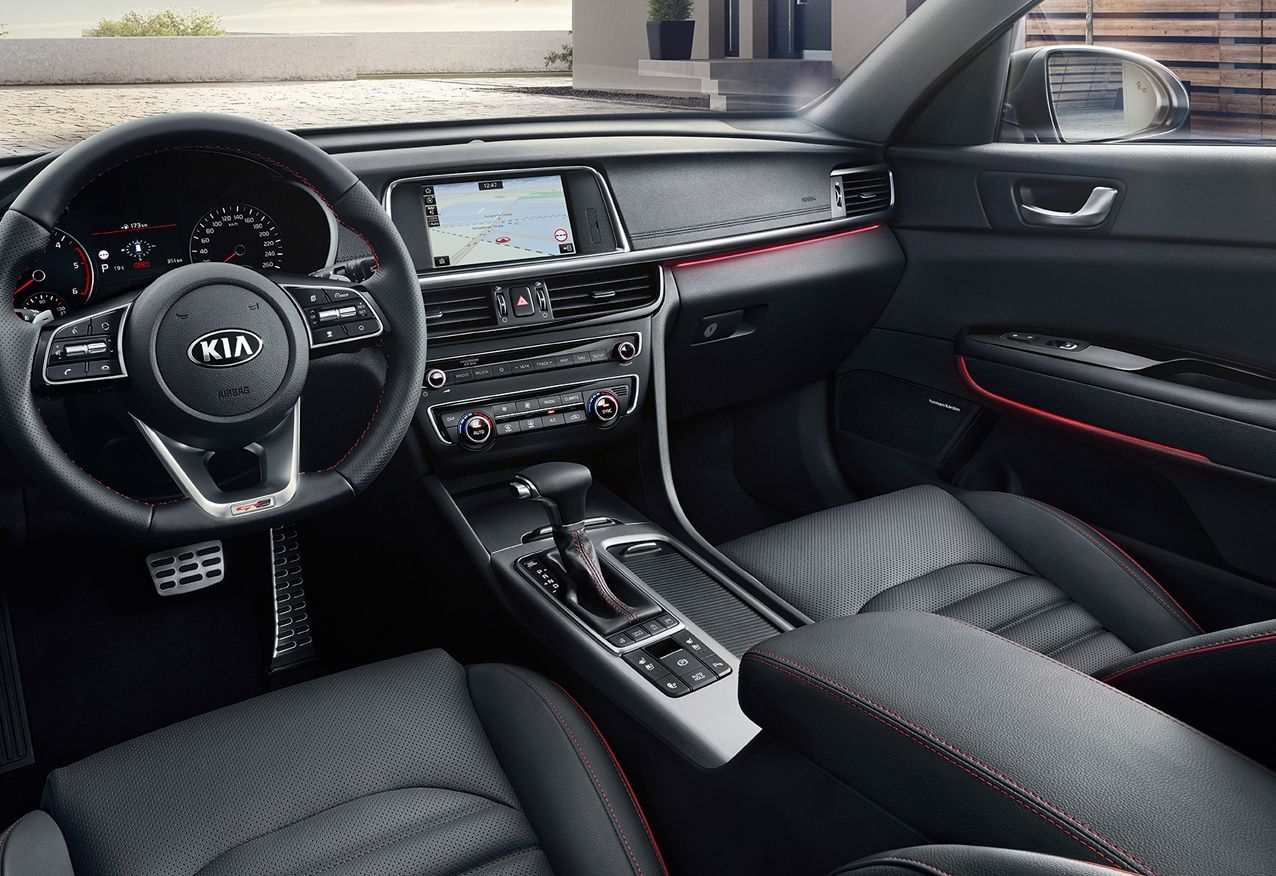
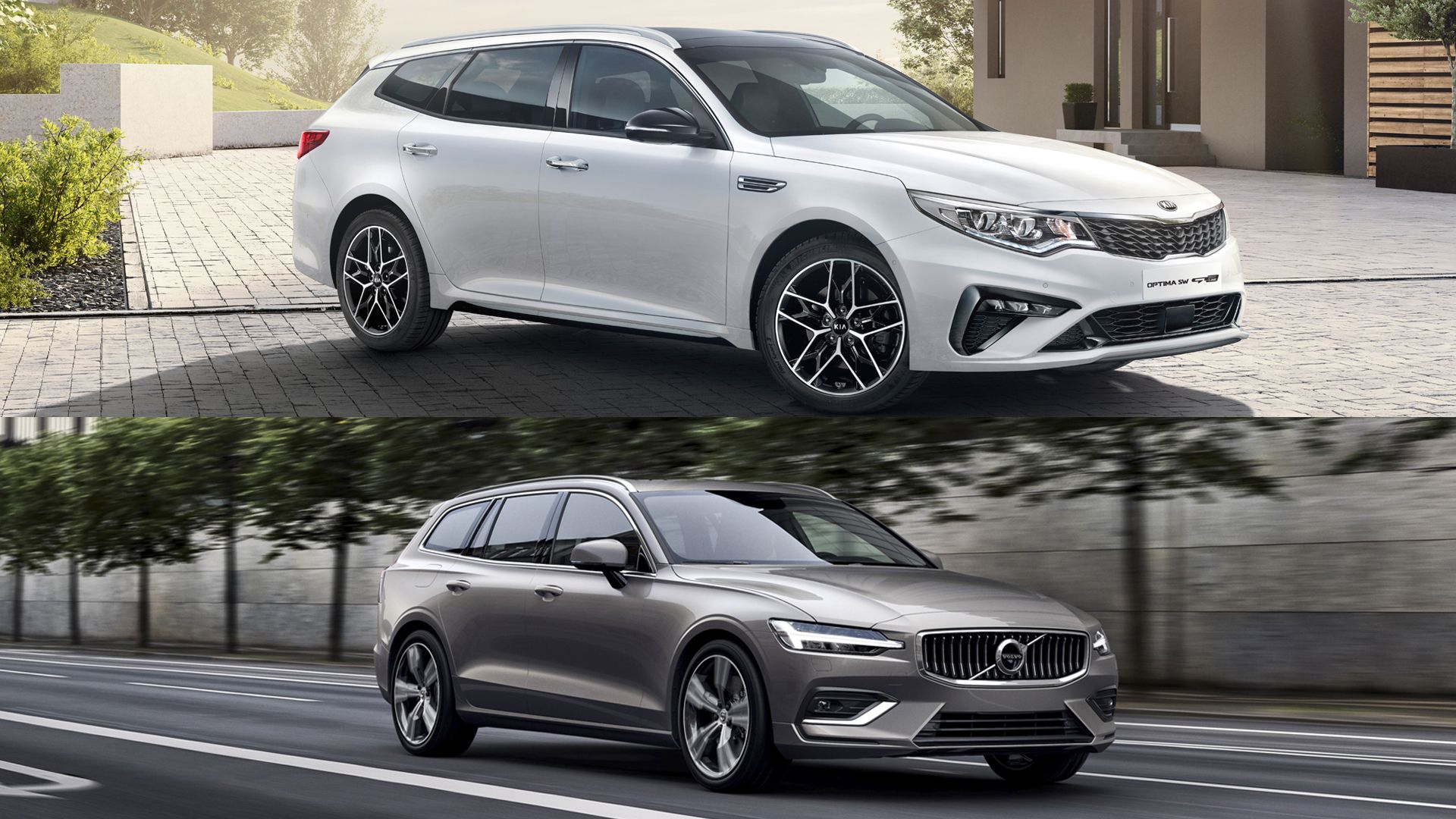
- Make: Array
- Model: 2019 Visual Comparison: 2019 Volvo V60 Wagon vs 2019 Kia Optima Sportswagon
- Engine/Motor: single cylinder
- Horsepower: 789
- Torque: 590
2018 Visual Comparison: 2019 Volvo V60 Wagon vs 2019 Kia Optima Sportswagon

















- Make: Array
- Model: 2018 Visual Comparison: 2019 Volvo V60 Wagon vs 2019 Kia Optima Sportswagon
- Engine/Motor: single cylinder
- [do not use] Vehicle Model: Array
Front
|
|
ids=771121,771122 |
no_overlay=true> |
I know this is a comparison, but how can you really go wrong with these two models? Both the Kia Optima Sportwagon and the Volvo V60 represent the new age of wagon design. The Optima is more of a pleasant surprise, particularly with its front section. It’s presented with aggressive-looking headlights that integrate well with Kia’s unmistakable Tigernose front grille. Actually, the grille on the Optima Sportwagon is a slightly different take on the Tigernose with the outer edges extending outward into the lights. For some reason, it works on the wagon. You’ll also notice how far the lights extend to the wheel arches, creating nice depth to the front-end design, especially when you’re looking at it from a 3/4 angle.
Kia did well in designing the front section of the Optima Sportwagon. Unfortunately, Volvo just did it better with the V60. I’ve said in the past. Volvo’s Thor headlamps are the best-designed headlamps in the business today. It’s better than anything. It’s simple, sexy, and provocative; all rolled into one. Volvo’s grille design also plays a prominent role in the front end design of the V60. Even the bumpers are carefully straddling the line between classy and sporty. There’s a nice balance to the overall look of the V60 that’s hammered home — no pun intended — by those headlamps.
Side
|
|
ids=771119,771120 |
no_overlay=true> |
Both vehicles offer up similar looking side profiles with differences being negligible at best. The V60, for example, features a sharp body line at the bottom of the doors where the Optima makes due with a concave effect – almost as if the two could lock together like a jigsaw puzzle. The Optima, for the most part, looks sharper in the corners thanks to the pointed design of both its headlights and taillights while the V60 has boxier looking units. The V60, on the other hand, takes the cake when it comes to the rear stationary glass while the Optima has a smaller window thanks to its upswept beltline. Both feature the same general slant to the roof but what makes the V60 stand out is the relatively thin rear pillars. Of course, one could argue that the triangular shape of the Optima’s rear quarters, or the shark-fin-like appearance of the rear pillar, actually give it the sportier appearance overall. All told, both cars are absolutely beautiful when viewed from the side, and that’s a very good thing given the statement both models need to make in such an under-appreciated segment.
Rear
|
|
ids=771123,771124 |
no_overlay=true> |
I’ll give Kia credit for one thing: its design game has improved leaps and bounds in the last few years. You can see it in how it managed to tie together the aesthetics of the Optima Sportwagon without trying too hard to make a statement. The rear section of the Kia wagon is a lot more restrained than the front, but that’s fine. I particularly like how Kia managed to design that section without prominently showcasing the rear bumper. The body lines blend it together, creating a nice contrast with the aggressive diffuser below it.
The rear section of the V60, on the other hand, is busier. A lot busier. If you squint at the photo and try to eliminate the vertical section of the taillights, you might even confuse it with a BMW. That’s not necessarily a bad thing, but it does have a little too many layers for my liking. From the spoiler, the trunk, the rear bumper, and the diffuser, there’s a lot going on in this section of the Volvo. Some people might find appeal in that, but compared to the Optima Sportwagon, I like the cleaner look of the Kia.
Interior
|
|
ids=771125,769985 |
no_overlay=true> |
You can tell by how the interior of these two wagons look which of the two brands is naturally inclined to design a luxury cabin and which is the one that’s trying to establish its own luxury identity. The V60’s interior is just gorgeous. There’s no going around it. The materials are top-quality, the surfaces are smooth and clean, and there’s enough comfortable space.
Kia accomplishes some of the same things, to a certain extent. The fact that customers can choose between cloth and leather upholstery is a good start, but it would’ve been better if Kia just offered the latter as standard equipment to establish itself more in the premium space. The Optima’s cabin looks fine — it might even be preferred by some customers — but the V60 gives you more for the money you’re going to spend.
References

Read our full review on the 2019 Kia Optima Sportswagon.
Read our full review on the 2019 Volvo V60.

